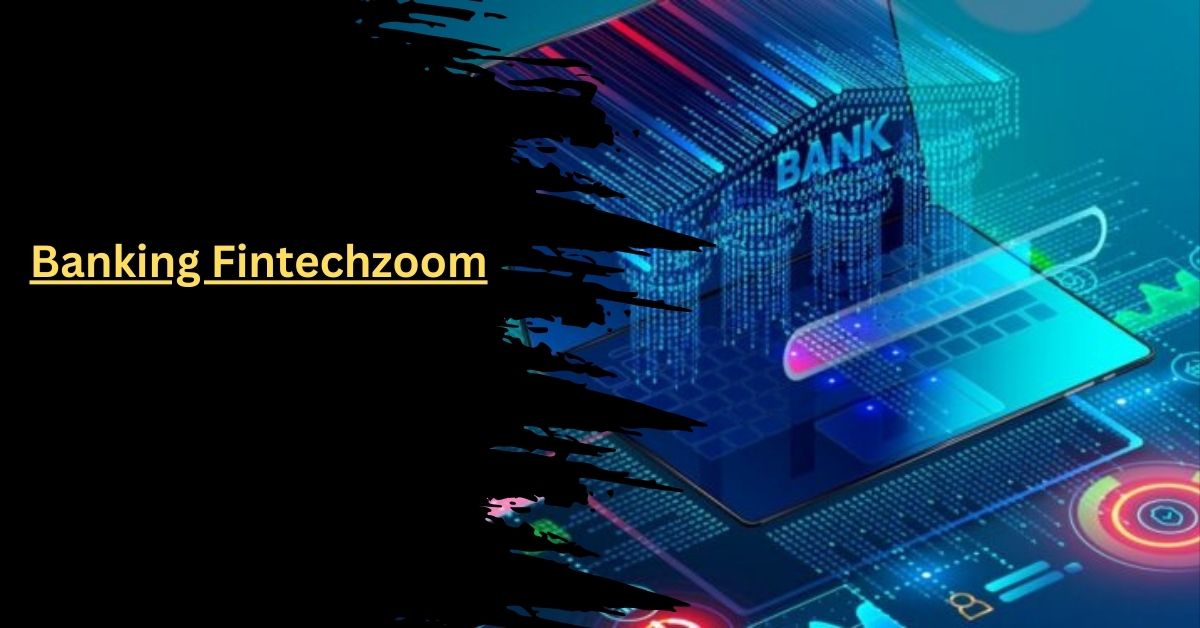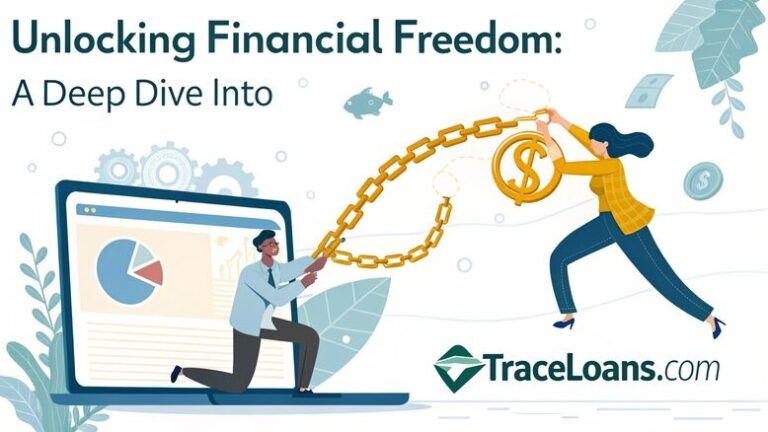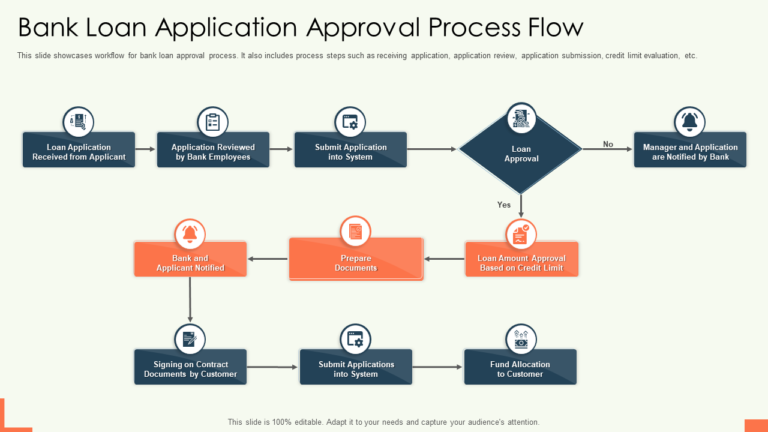Banking Fintechzoom – A Comprehensive Overview!
FintechZoom is a game-changer in banking and finance. Using intelligent solutions and advanced tech, it’s making traditional banking more accessible for customers and opening up new opportunities for financial inclusion.
Join the banking revolution with FintechZoom.
The Role Of Fintech In Banking Transformation – Explain Step-By-Step!
1. Fintech’s Impact on Customer Experience:
Fintech has changed the game when it comes to customer experience in banking. With user-friendly interfaces, personalised recommendations, and round-the-clock access to financial services, FintechZoom ensures that banking is no longer a tedious chore.
Say goodbye to complicated paperwork and hello to a hassle-free banking experience that puts the customer first.
2 . Enhancing Efficiency through Fintech Solutions:
Fintech solutions have become instrumental in enhancing the efficiency of banking operations. Automating routine tasks, streamlining processes, and reducing human error allow banks to operate incredibly quickly and accurately.
From instant transfers to real-time transaction monitoring, FintechZoom ensures your money is safe while saving you precious time.
3 . Fintech’s Influence on Financial Inclusion:
One of the most significant impacts of Fintech in banking is its ability to promote financial inclusion. By leveraging technology, FintechZoom has made financial services more accessible for underserved populations.
Mobile banking apps, digital wallets, and microfinance platforms have empowered individuals who previously had limited or no access to traditional banking services, levelling the playing field and fostering economic growth.
Read: Apple Stock Fintechzoom
Key Trends And Innovations In Banking Fintechzoom – Read Essential Five Steps!
1. Digital Banking Transformation:
FintechZoom is at the forefront of the digital banking transformation, where traditional banking processes are digitised for enhanced efficiency.
Users can conduct various financial transactions, manage accounts, and access banking services through the platform, reducing the reliance on physical branches.
2. Mobile Banking Revolution:
FintechZoom embraces the shift towards mobile banking, providing users with convenient and on-the-go access to financial services.
This trend caters to the growing preference for mobile-centric interactions and facilitates banking activities through smartphones and tablets.
3. Innovative Payment Solutions:
Introduces innovative payment solutions, including digital wallets, contactless payments, and peer-to-peer transactions. These features streamline the payment process, offering users secure and efficient ways to send and receive funds.
4. Personalised Financial Management:
FintechZoom leverages data analytics and artificial intelligence to offer personalised financial management insights.
Users receive tailored recommendations, budgeting assistance, and investment suggestions based on their unique financial behaviours and goals.
5. Blockchain and Cryptocurrency Integration:
FintechZoom may integrate blockchain technology and support cryptocurrencies, providing users with alternative investment opportunities and decentralised financial solutions.
This aligns with the broader industry trend of exploring blockchain’s potential in enhancing security and transparency.
Impact Of Fintech On Traditional Banking Institutions – You Must Know!
1. Disruption of Traditional Banking Models:
Fintech companies have disrupted traditional banking models with innovative solutions often provided at a lower cost and greater convenience.
This disruption has compelled traditional banks to rethink their strategies and update their operations to stay relevant.
The rise of digital banking and mobile payment platforms has particularly challenged traditional brick-and-mortar banking structures.
2. Collaboration between Traditional Banks and Fintech Startups:
Recognising Fintech’s potential, many traditional banks have collaborated with Fintech startups. These partnerships combine the stability and trust of established banks with the agility and innovation offered by Fintech companies.
The outcome is the development of cutting-edge services and an overall enhancement of customer experiences.
3. Challenges and Opportunities for Legacy Banks:
Legacy banks face a dual landscape of challenges and opportunities in response to the rise of Fintech. While Fintech companies threaten traditional banks’ market share, these banks hold valuable assets such as customer data, regulatory knowledge, and a long-standing reputation.
To navigate this landscape successfully, legacy banks are encouraged to embrace technology, adopt customer-centric approaches, and invest in Fintech solutions. Doing so can help them stay competitive and unlock new opportunities in the evolving financial landscape.
Challenges And Opportunities For Banking Fintechzoom – Data Security And Cybersecurity Concerns!
As with any industry that deals with sensitive customer information and financial transactions, data security and cybersecurity are major concerns in banking fintech.
With the increasing sophistication of hackers, fintech companies must continuously invest in robust security measures to protect against data breaches.
This includes implementing robust encryption protocols, regular vulnerability assessments, and training employees to identify and respond to potential threats.
While the challenges are significant, the opportunities for fintech companies lie in differentiating themselves through their commitment to data security and building trust with customers.
The scalability and reliability of fintech solutions are critical for their success in the banking industry. As fintech companies strive to expand their customer base, they must ensure their platforms can handle increased transaction volumes without sacrificing performance or security.
This often requires significant investments in infrastructure and technology upgrades. Additionally, fintech companies must establish reliable partnerships with banks and other financial institutions to ensure seamless integration and access to banking systems.
Keep Reading: fintechzoom careers
Regulatory Framework And Compliance In Fintech Banking – Read Important Point!
1. Overview of Fintech Regulatory Landscape:
The regulatory landscape for fintech banking is a complex web of rules and guidelines that vary from country to country.
Regulatory bodies, such as central banks and financial services authorities, aim to balance fostering innovation and ensuring consumer protection.
Fintech companies must navigate through licensing requirements, capital adequacy standards, and compliance obligations to operate legally and gain the trust of customers and partners.
Understanding the regulatory framework is crucial for fintech companies to build sustainable and compliant business models.
2. Compliance Challenges for Fintech Banks:
Compliance challenges often arise for fintech banks due to the rapidly changing nature of the industry. The emergence of new technologies and financial products requires continuous adaptation to meet regulatory requirements.
Fintech banks must have robust compliance programs to mitigate non-compliance risk and potential penalties.
This involves investing in compliance monitoring systems, hiring experienced professionals, and staying informed about regulatory updates.
While compliance may be challenging, it presents an opportunity for fintech banks to build a reputation for integrity and responsible innovation.
3. Regulatory Innovations to Foster Fintech Growth:
Regulatory innovations play a crucial role in fostering fintech growth by creating an enabling environment for innovation while maintaining regulatory oversight.
Regulatory sandboxes, for example, allow fintech companies to test their products and services in a controlled environment, ensuring compliance with regulations while encouraging experimentation.
Furthermore, regulatory initiatives to foster open banking and data sharing can unlock opportunities for collaboration between fintech companies and traditional banks.
As regulators embrace fintech as a catalyst for financial inclusion and economic growth, the future holds potential for more regulatory innovations.
Read More: Dow jones fintechzoom
Future Outlook and Potential Disruptions in Banking FintechZoom!
1. Emerging Technologies Shaping the Future of Banking:
Emerging technologies such as artificial intelligence, blockchain, and biometrics are set to revolutionise the banking industry. These technologies offer opportunities for improved customer experiences, increased operational efficiency, and enhanced security in fintech banking.
2. Fintech’s Impact on Traditional Banking Jobs:
The rise of fintech has raised concerns about the future of traditional banking jobs. While some roles may be disrupted or automated, new opportunities will emerge. Fintech companies often create jobs that require specialised skills related to technology, data analysis, and customer experience.
Traditional banks can adapt by upskilling their workforce to meet the changing demands of the industry or by partnering with fintech companies to leverage their technological capabilities. The future will likely blend traditional banking expertise and fintech innovation in the job market.
3. Predictions for the Future of Banking FintechZoom:
The future of banking fintech is bright, with continued growth and disruption on the horizon. Fintech companies prioritising customer-centric solutions, data security, and regulatory compliance will thrive in this competitive landscape.
Collaboration between fintech companies and traditional banks will become increasingly common, allowing for the best of both worlds regarding innovation and trust.
As technology advances and consumer preferences evolve, banking fintech will continue to shape how we interact with financial services, offering convenience, accessibility, and personalised experiences to customers around the globe.
Read: fintechzoom review
FAQs:
What is Banking Fintech?
Banking Fintech, short for Financial Technology, refers to the use of innovative technology to provide financial services. It encompasses a wide range of services, including mobile banking, digital payments, lending platforms, and blockchain technology.
What is FintechZoom, and how does it relate to banking?
FintechZoom rocks the banking world! They’ve got awesome tech that’s shaking up how banks do things. With FintechZoom, you get fancy digital services, a better time as a customer, smoother processes, and more people getting in on the money fun
How is FintechZoom impacting traditional banking institutions?
FintechZoom has had a significant impact on traditional banking institutions. It has disrupted conventional banking models, forcing legacy banks to adapt and innovate. Traditional banks are collaborating with FintechZoom startups to leverage their technology and meet customers’ evolving demands.
What are some challenges and opportunities for Banking FintechZoom?
Banking FintechZoom faces various challenges and opportunities. Challenges include addressing data security and cybersecurity concerns, ensuring the scalability and reliability of fintech solutions, and navigating complex regulatory compliance requirements.
How does Banking Fintech differ from traditional banking?
Traditional banking relies heavily on physical branches and face-to-face interactions, whereas Banking Fintech operates primarily online or through mobile applications, offering more convenience, speed, and often lower costs.
What are some examples of Banking Fintech services?
Examples include digital-only banks (neobanks), peer-to-peer lending platforms, robo-advisors for investment management, payment processing apps, and cryptocurrency exchanges.
Are Banking Fintech services safe and secure?
Most Banking Fintech companies prioritize security and employ advanced encryption techniques to protect users’ data and transactions. However, users should still exercise caution and follow best practices for online security, such as using strong passwords and enabling two-factor authentication.
How is Banking Fintech revolutionizing the banking industry?
Banking Fintech is disrupting traditional banking by offering more accessible, efficient, and customer-centric services. It’s driving innovation in areas like payment processing, lending, and personal finance management, challenging established banks to adapt or risk becoming obsolete.
Can anyone use Banking Fintech services, or are they limited to specific demographics?
While Banking Fintech services are generally accessible to anyone with internet access, some products may target specific demographics, such as millennials or small businesses. However, the goal of many Fintech companies is to broaden access to financial services for all.
What are the potential drawbacks of using Banking Fintech services?
Drawbacks may include limited customer support compared to traditional banks, potential cybersecurity risks, and regulatory uncertainties in some jurisdictions. Additionally, not all Fintech startups succeed, so there’s a risk of service discontinuation or company failure.
How can I choose the right Banking Fintech service for my needs?
Consider factors such as your banking habits, the features offered by different platforms, fees and charges, security measures, and user reviews. It’s also important to research the company’s reputation and regulatory compliance to ensure you’re entrusting your finances to a trustworthy provider.
Conclusion:
To sum it up, FintechZoom is like the superhero of banking changes, bringing in cool upgrades and chances we never had before. With the fintech world continually growing and trying new things, regular banks must keep up, or they might get left in the dust.
Related Articles:






